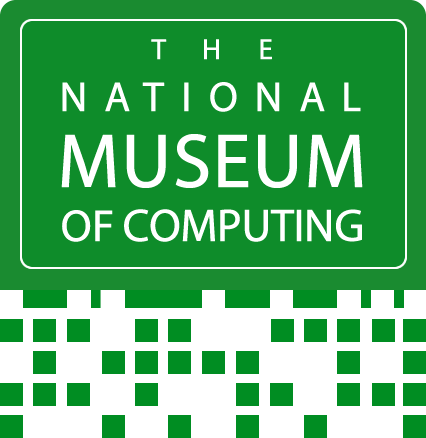Fifty Years Ago .... from the pages of Computer Weekly
/12th June 1975 computing, compiled by TNMOC volunteer archivist, Brian Aldous.
A selection of stories from Computer Weekly from 12th June 1975. The full archive of Computer Weekly can be seen at TNMOC, where there are special rolling displays of front pages from 25 and 40 years ago.
Challenge to Intel from AMI: A determined challenge to Intel’s dominance of the microprocessor market with its 8080 has been launched by AMI Microsystems. This US firm believes its S6800, based on the Motorola MC6800, is the most powerful, economical and easy to use microprocessor available. The S6800 has a single 5 volt power supply, whereas the 8080 has three, and AMI claims that the S6800 is easier to program because of the simplicity of the instruction set. It is said to be up to 25 per cent faster for most applications. The S6800 is not yet freely available from AMI, but its US plants are well geared to meeting anticipated demand. The company estimates that its plants in Santa Clara, California, and Pocatello, Idaho, can produce two million MOS/LSI units per month. It supplies processors for Hewlett-Packard calculators and manufactures electronic components for products ranging from computers to wristwatches. (CW 449 12/6/1975 p7)
Market research system by Logica: A direct data entry system comprising 20 specially designed display terminals linked to a 64K Digital Equipment PDP-11/40 has been developed by Logica for Audits of Great Britain (AGB), one of the largest UK market research companies. AGB conducts nationwide surveys of consumer purchases. Information supplied by respondents is converted into code form for input for the company’s two Honeywell 1000 series computers. The previous manual system entailed the selection of codes representing such details as the name of the manufacturer and whether the item was on special offer, from reference catalogues. Under the new system, the terminals, purpose built by Logica, display in turn a number of manufacturers, products and so on in a fixed format of five names horizontally across the screen and three vertically. The keys are arranged in similar fashion so that the operator selects the key which represents on the keyboard the position of the name on the screen. (CW 449 12/6/1975 p32)



